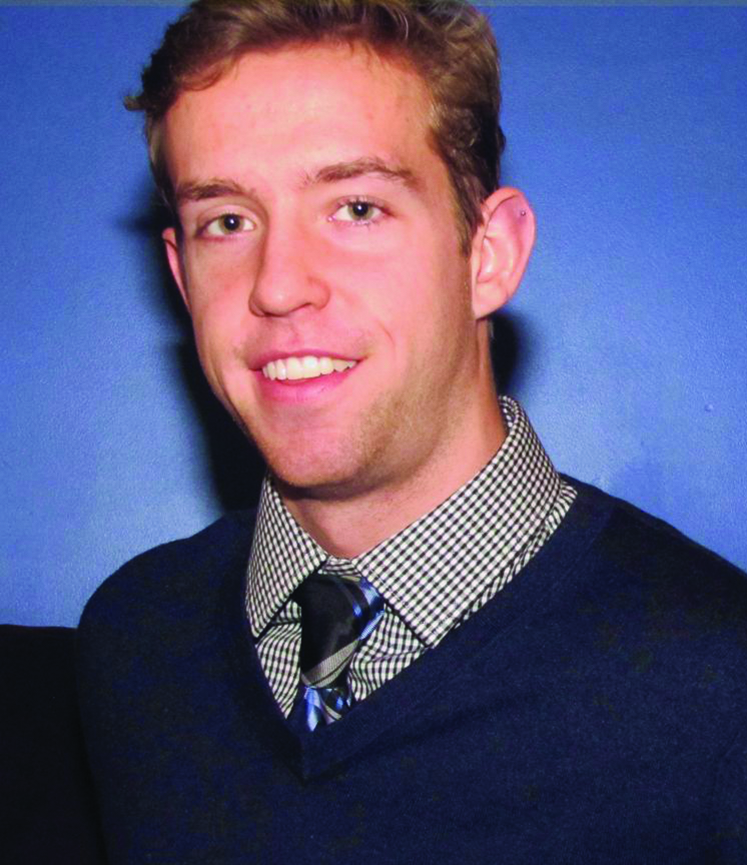Editor’s Note: Nic Stevens was an intern for CARE during his senior year of college in 2018. After graduation, he joined the Peace Corps. and moved to Madagascar. Nic asked to share his journey with financial literacy on our blog and we were happy to oblige. This is part 2 of his story. You read part of his reflections here.
Education and Financial Literacy
In August, I finished teaching my first full year of middle school English in a rural community on the East Coast of Madagascar. My students are nearly all beginners, but many are motivated to learn the language and use it in future careers. This inspiring motivation, and my new position as an educator, help me look toward prospects these students could have. Unfortunately, this can be a disheartening view; many students will finish their education in the 9th grade, the last year of middle school here. Those few that pass the government exam for entrance into high school will need to leave the countryside and live in a city where there is a high school. This can be a costly undertaking for families, as they need to pay for transportation, housing, and food in the city in addition to the high school matriculation fee. High school becomes a luxury.
As I worked my way through the English curriculum this past year, I couldn’t help but see how frequently finances were entering into the realm of education, and almost always impeding it. Students would skip trimesters to save matriculation fees or miss class to work and make money. This intersection of the financial and educational spheres reminded me of CARE and its mission. While none of my students are taking out tens of thousands of dollars in student loans or researching salaries for prospective careers, the question of how to pay for education is still an ever-present one. CARE’s target audience has the same issue my students have here in Madagascar.
Researching Madagascar’s Education Options
I began to do a bit of research as to what paying for high school might look like for the members of my community. I gathered data on the prices of high schools, housing, school uniforms, and Parent-Teacher Associations in several different cities along the East Coast of the island (tuition here is not a Google search away). I also found the success rates on the national graduation exams for each school.
On top of this, I began to ask questions about household finances in my community. The closest bank is a 2-hour taxi-brousse ride away, in the same city as the closest public high school. We do have a rural farmers’ saving union in the community, but very few families use it. Some families store and save money in mobile money cell phone accounts, but the vast majority have no formal account at any financial institution whatsoever. Those that are saving money use Voamamy (sweet seeds), which are community groups that pool savings and encourage money management.
I distributed flyers with the prices of several high schools and the cost of housing. On top of each flyer, I had printed the Malagasy Proverb, “Ny fianarana ny lova tsara indrindra.” Education is the greatest inheritance.
Encouraging Financial Literacy
I am no financial literacy expert, but I am a new pair of eyes in my community. While I am not qualified to educate on the topic, I can always encourage it. At the end of the school year in August, when all students and parents came to receive the year’s report cards, I delivered a speech highlighting the benefits of going to high school, the potential costs of high school, and the many options that exist for saving in the community. I encouraged families to keep books to track their household cash flows and to save money either in a formal institution or by investing in livestock. Finally, I encouraged the creation of a student savings group, so the students themselves could start to learn how to save while paying for part of their own education. After the speech, I distributed flyers with the prices of several high schools and the cost of housing. On top of each flyer, I had printed the Malagasy Proverb, “Ny fianarana ny lova tsara indrindra.” Education is the greatest inheritance.
Regardless of where we are in the world, education is the greatest inheritance. It passes from generation to generation, accumulating interest and paying dividends. But education invariably requires investment, whether it is the opportunity cost of your time at school or decades worth of loan payments. Just as it is important to invest in education, we need to make educated choices about our investments. For this reason, financial literacy is applicable in schools around the world, from the most prestigious universities to the simplest secondary level classrooms. I hope that all of my students will go on to graduate middle school and study in high school, and I hope that financial literacy will help them achieve this goal.
About the Author

Nic is an Education Peace Corps Volunteer. He teaches English to middle school and high school students in the countryside of Eastern Madagascar. Prior to joining Peace Corps, Nic studied International Affairs and Development at George Washington University in Washington DC, where he had the opportunity to intern with CARE for a semester.

